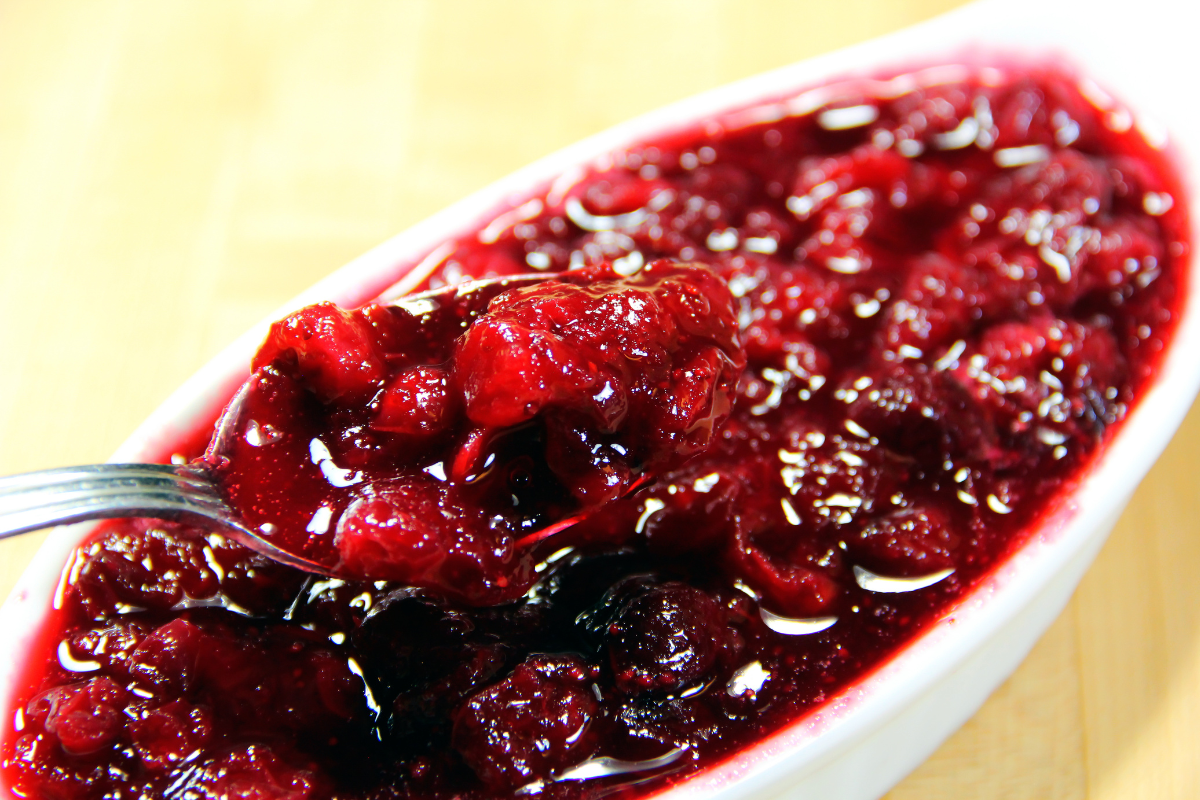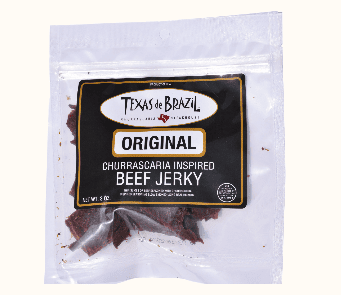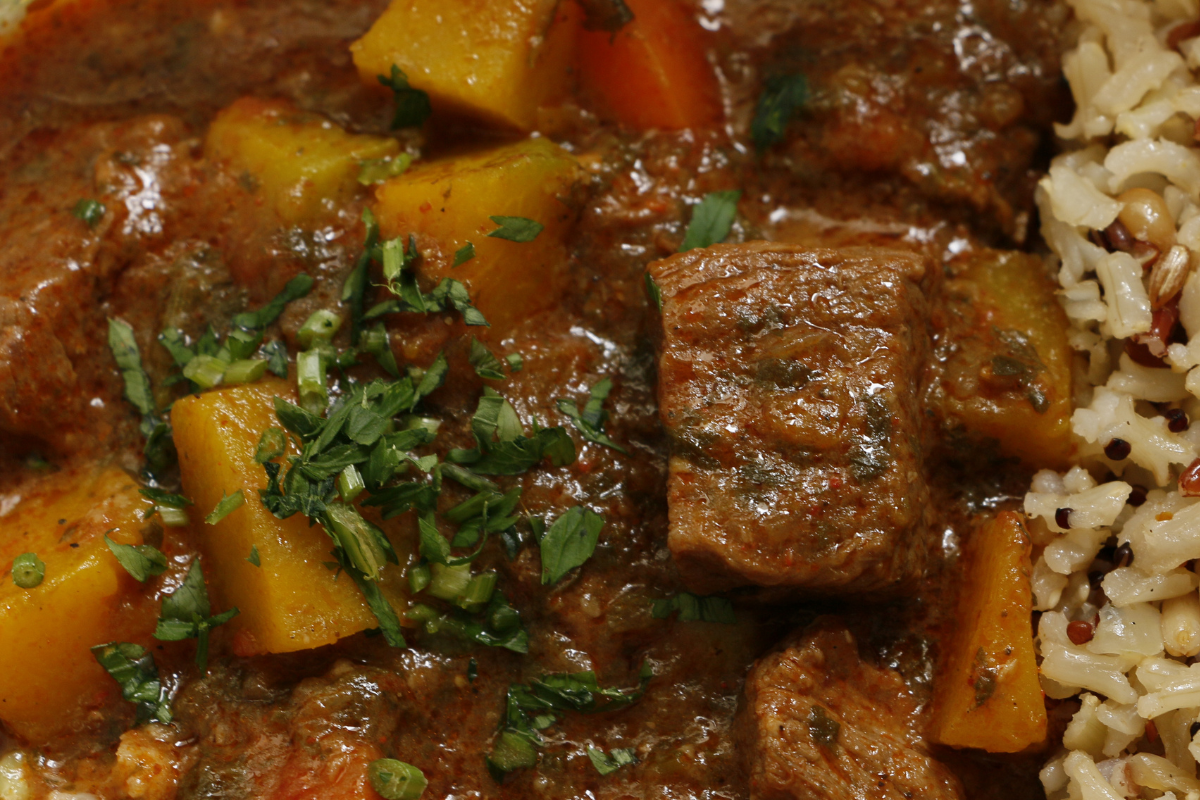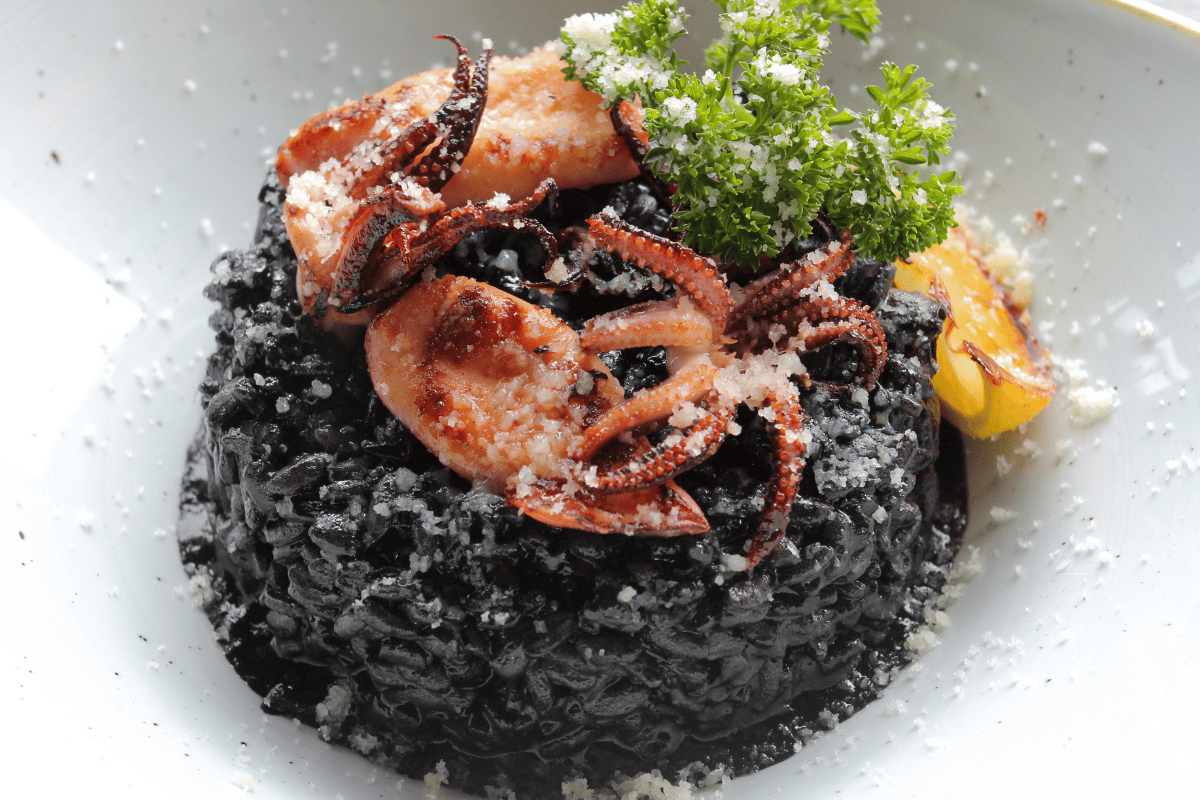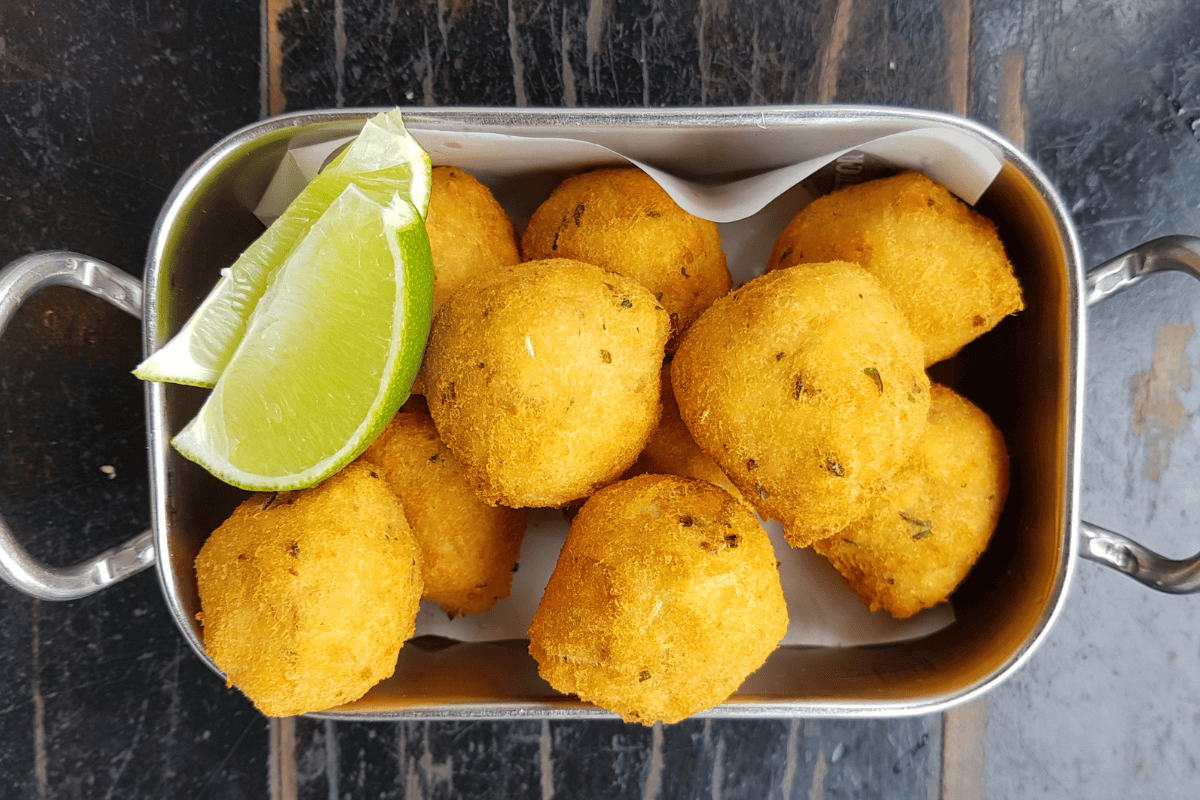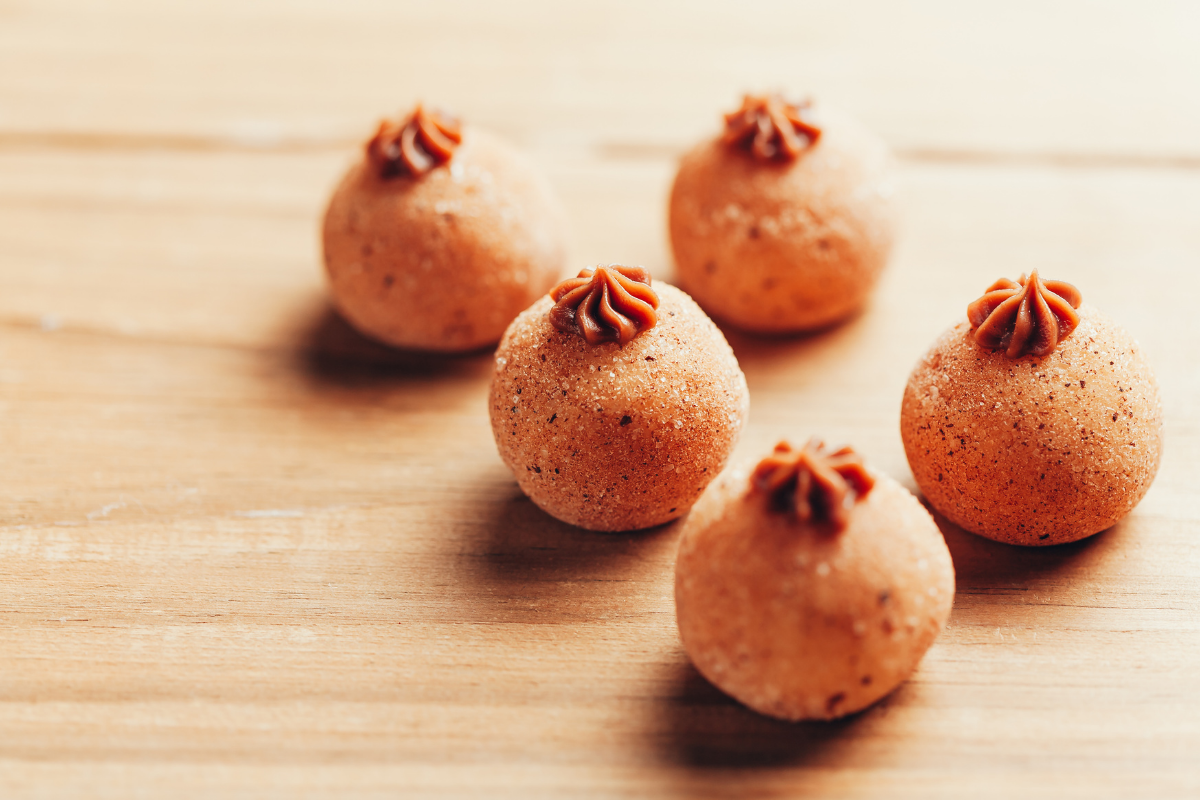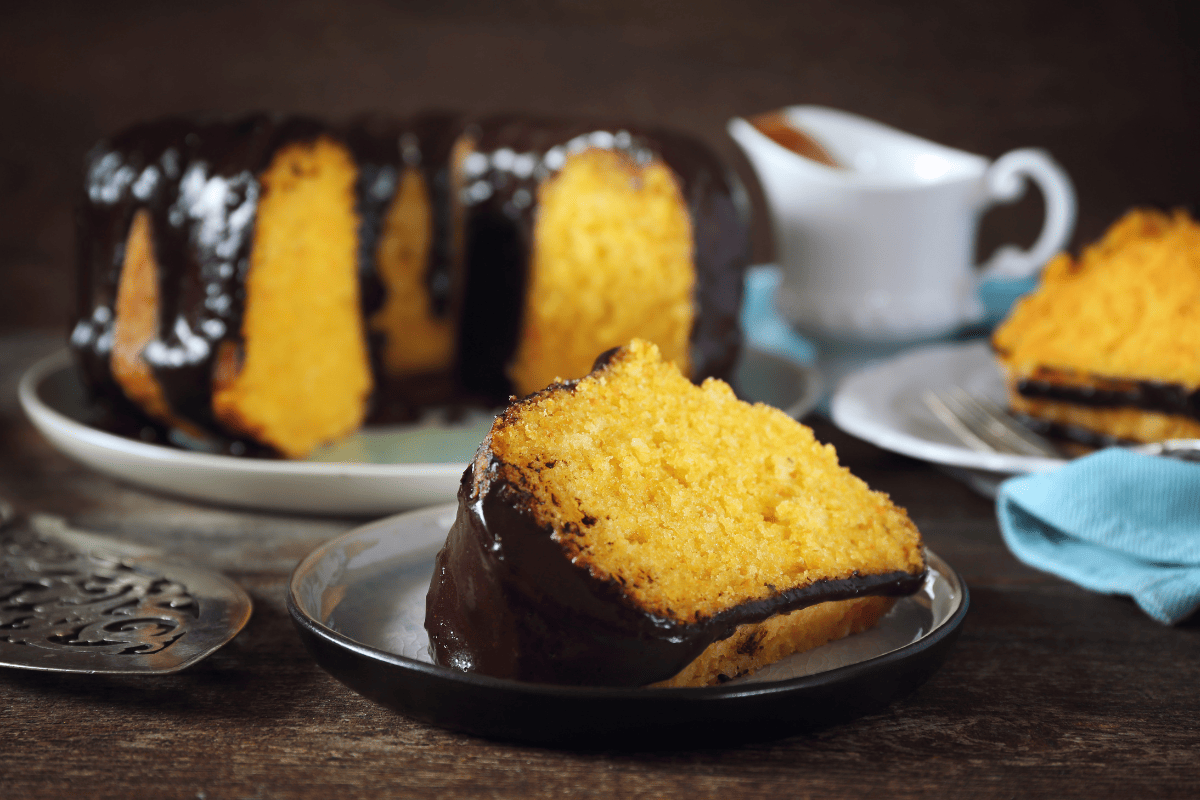Creamy Honeynut Squash Soup (Sopa de abobara)
Honeynut squash are some of the lesser known winter squashes, but we are here to change that! As their name suggests, they are exceptionally sweet, and their skin has a beautiful amber hue. Unsurprisingly, they lend themselves to a number of recipes, savory and sweet. Today’s honeynut squash recipe is for a spicy, creamy soup: perfect for a cold winter evening.
Honeynut Squash vs Butternut Squash
Honeynut squash are actually a hybrid between butternut squash and buttercup squash. They were an experiment by a professor at Cornell University in the 1980s, and cultivars didn’t appear in US markets until 2015.
Honeynut squash have the appearance of mini butternut squash but with a deeper orange color (they have about three times the level of beta carotene). They are also sweeter than either a butternut squash or a buttercup squash, and their thin skin is edible.
The average-sized honeynut squash is about 4 inches long and between 2.5 and 4 inches wide, so you need more of them for a recipe than larger varieties of winter squash.

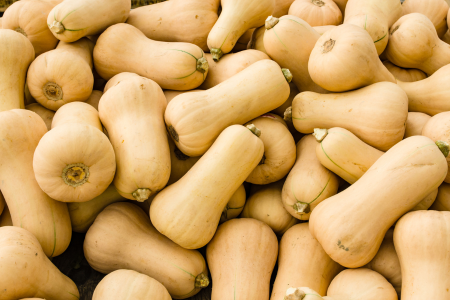
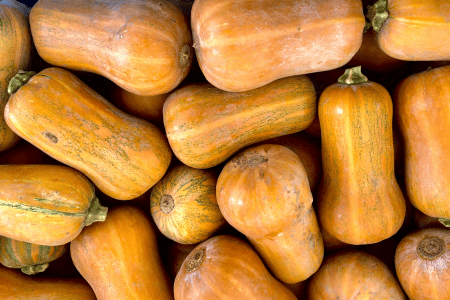
Buttercup squash (top) plus butternut squash (center) equals honeynut squash (bottom).
Honeynut Squash in Brazilian Recipes
Pumpkin dishes are quite prevalent in Brazil, especially since they can be grown year round. Quibebe, for example, is a savory pumpkin stew that slow-simmers big bites of butternut squash. And Christmas tables in Brazil are often adorned with a beautiful camarao na moranga: a roasted cinderella pumpkin stuffed with a creamy shrimp soup.
Again, honeynut squash are not particularly well-known. Most Brazilian recipes call for either butternut squash or the moranga (which we know in the US as a Cinderella pumpkin or pink pumpkin) or the abobora, which is butternut squash. While there is no substituting the moranga for your stuffed shrimp recipe, you can easily use the honeynut squash in place of butternut squash in most recipes. You will just need more of them.
Where to Buy Honeynut Squash
There are a few large grocery chains that carry honeynut squash this time of year. You can find them at Costco, Wholefoods, and Trader Joes. They are also often found at farmer’s markets, but it’s a little late in the year for those.
You could also try growing your own honeynut squash from seeds! The process is much the same as any other winter squash: plant them indoors in March, then harden them off outdoors after the last frost. Transplant seedlings to soil in May. You can also directly sow the seeds in May and June as well.
How to Cook Honeynut Squash
Like other winter squash, honeynut squash can be roasted, stewed, boiled, sauteed, and pureed. For this soup recipe, we highly recommend roasting the squash. It is very easy to do and it truly brings out the sweet nuttiness of the squash.
To roast honeynut squash, remove the stems at the top of each gourd. Then cut each squash lengthways in half. Scoop out the seeds and stringy bits in the middle with a metal spoon. Put each squash skin-side up on a lined baking tray. Roast them at 425 degrees fahrenheit for around 30 minutes until they are soft and you can see the sugars begin to caramelize. It will smell heavenly and the skins will wrinkle a bit. If you can easily pierce the skins with a fork, you should be good to go.
Let the squash cool and then scoop out the flesh into a bowl for later use. We won’t use the skins in this recipe, but you can certainly eat them if you want.
Honeynut Squash Soup Recipe
Ingredients:
Two cups of roasted honeynut squash (about three squashes), mashed to a pulp
One red bell pepper, diced
Half of one yellow onion, diced
2 cloves of garlic, minced
3 cups of vegetable stock
1 tsp of salt (more to taste)
½ tsp ground cinnamon
¼ tsp cayenne pepper
Extra virgin olive oil
Freshly ground black pepper
Directions:
- Heat a saucepan over medium high heat. Add in a drizzle of olive oil, and sautee the bell pepper and yellow onion for two minutes, or until they start to soften.
- Add in the garlic and stir for 30 seconds or so, just until you can smell it.
- Pour in the vegetable stock and add in the salt, cayenne, cinnamon, and a few twits of freshly ground black pepper.
- Bring the mixture to a boil then reduce to medium-low, cover, and simmer for fifteen minutes.
- Stir in the honeynut squash mash and let the mixture heat up again to a rolling simmer (5 minutes)
- Remove the mixture from the heat and blend with an immersion blender until very smooth. Alternatively, you can pour the mixture into a stand blender, then return it to the pot and heat through once more.
What to Eat with Honeynut Squash Soup
Enjoy your soup piping hot with a drizzle of extra virgin olive oil and a big piece of crusty french bread for dunking. It also makes a great starter for a holiday or anniversary dinner. Follow it with a main dish of churrasco steak and a dessert course of passionfruit mousse and espresso. Perfeito!
Take Advantage of Texas de Brazil’s Gift Card Bonuses
For a limited time, Texas de Brazil is rewarding gift card purchases with bonus cards. For every $100 you spend on gift cards, you will receive a $25 bonus card; and for every $50, you will earn a $10 card. They make an ideal stocking stuffer or Christmas gift basket addition. Visit our online store to learn more.


